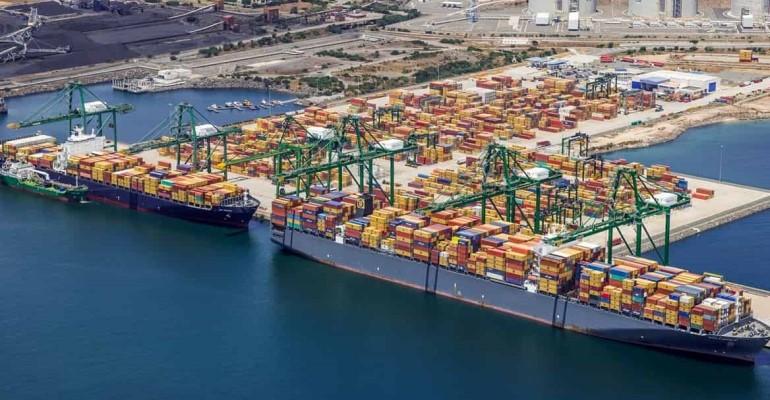Since the start of the works for the terminal in 2000, PSA Sines has invested more than $207m in developing the state-of-the-art facility.
PSA Sines has embarked on an ambitious expansion project at a cost of $309m, called Phase III. The expansion plan will be completed by 2028, doubling the terminal's annual handling capacity to 4.1m teu and strengthening its position as one of the main ports in the region.
The inauguration of the additional 204 metres of quay length marks the completion of the first stage of Phase III, now allowing PSA Sines to handle three mega-vessels simultaneously.
“Portugal and Singapore have both stood at the crossroads of busy sea lanes connecting the Asia and Europe. PSA Sines is situated in a strategic location and is positioned to be an important transhipment hub in Europe,” said Singapore Foreign Minister Dr Vivian Balakrishnan, Guest-of-Honour at the inauguration ceremony.
“This expansion demonstrates our strong partnership as two like-minded states, united in maintaining free trade, economic integration, freedom of navigation, and compliance with international law.”
“PSA has always believed that the port of Sines, with a deep-water port strategically located at the intersection of the North-South, East-West routes, offers a unique opportunity for the successful development of a best-in-class container terminal for our customers,” added David Yang, CEO PSA EuroMed & The Americas.
“Today, PSA Sines has already exceeded our highest expectations and has become a major regional hub capable of serving the most important shipping routes and receiving the largest container ships.”
Copyright © 2024. All rights reserved. Seatrade, a trading name of Informa Markets (UK) Limited.
Add Seatrade Maritime News to your Google News feed.  |

